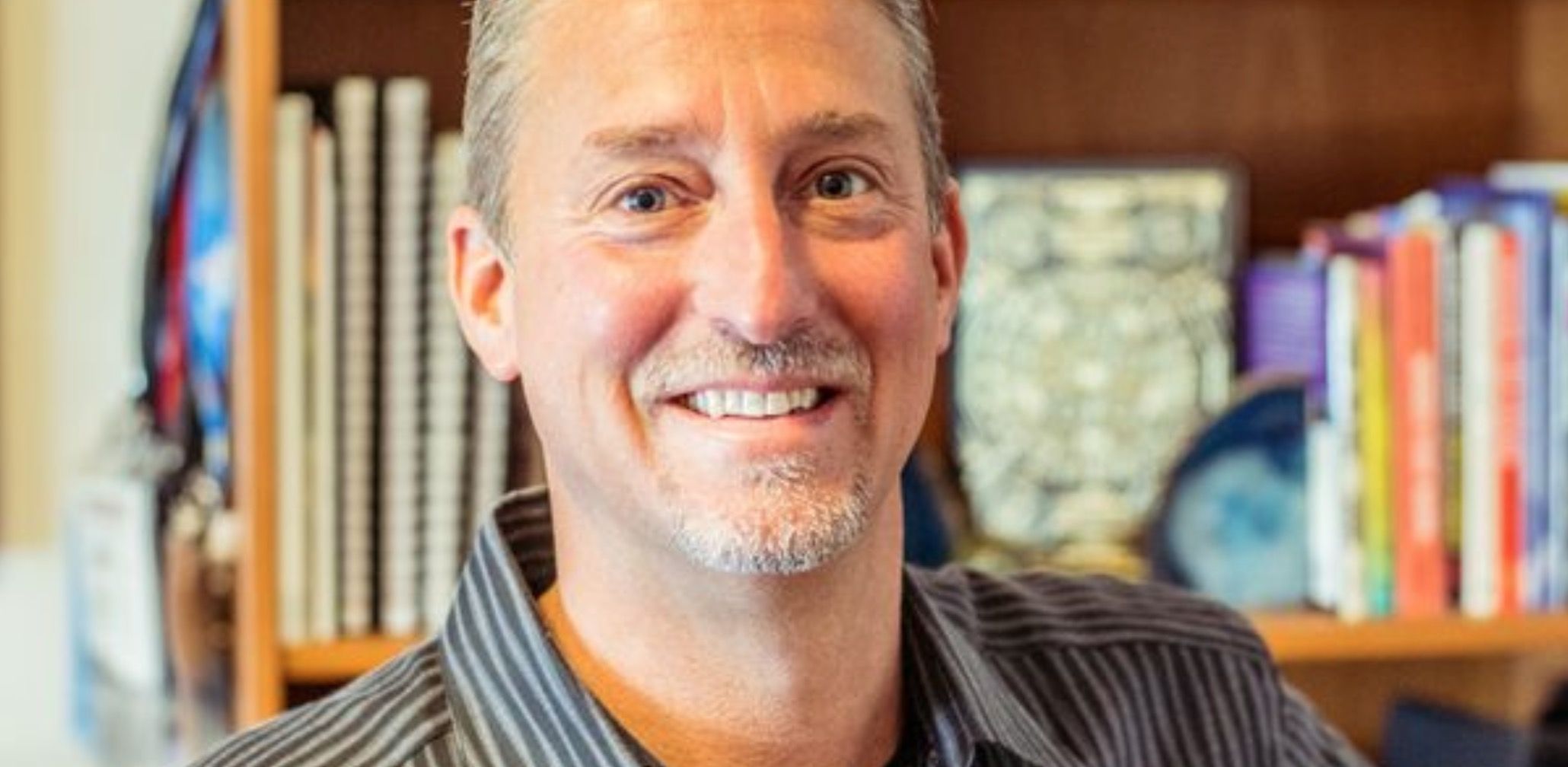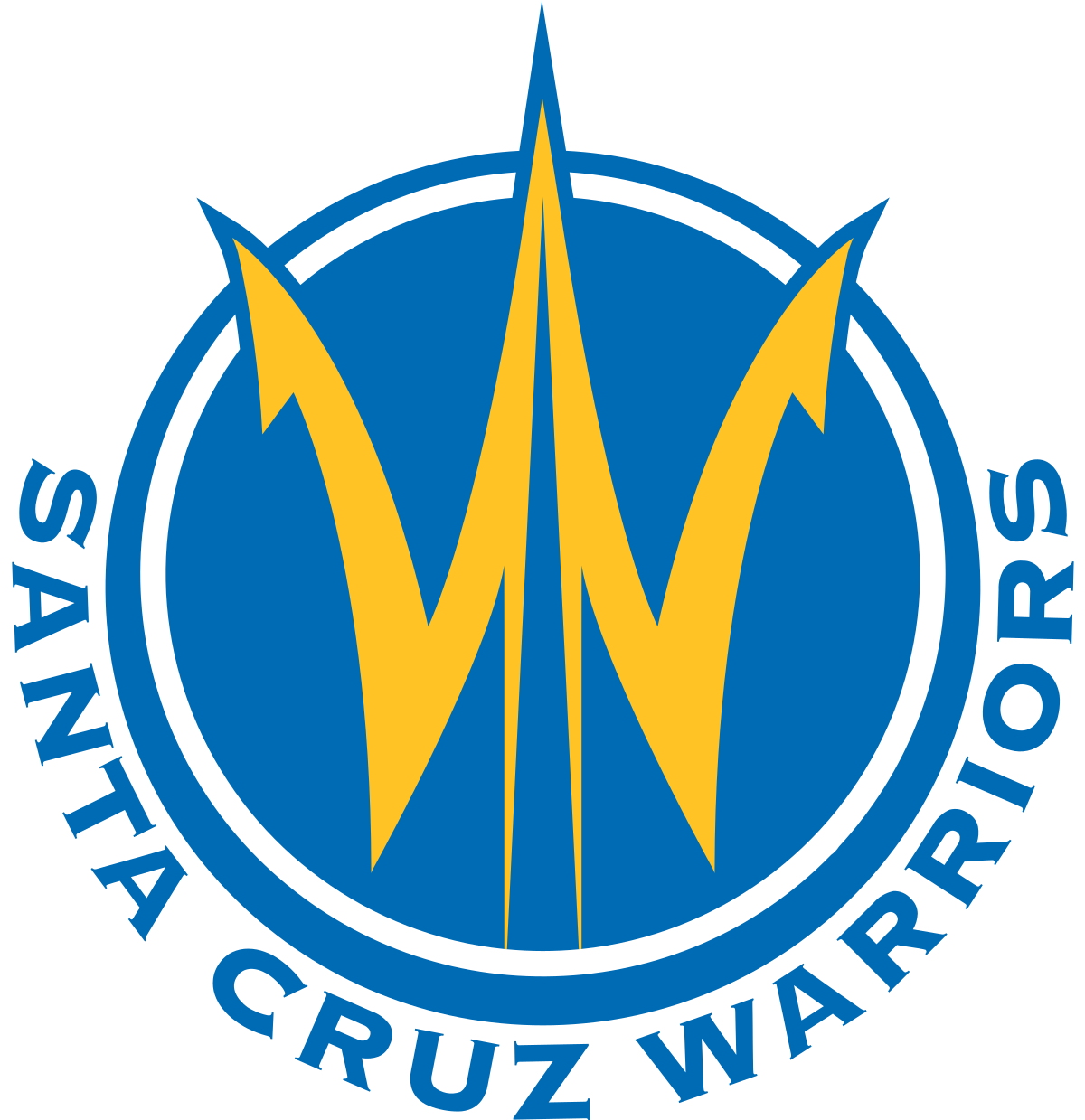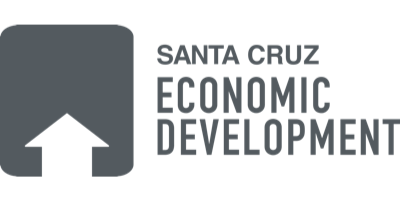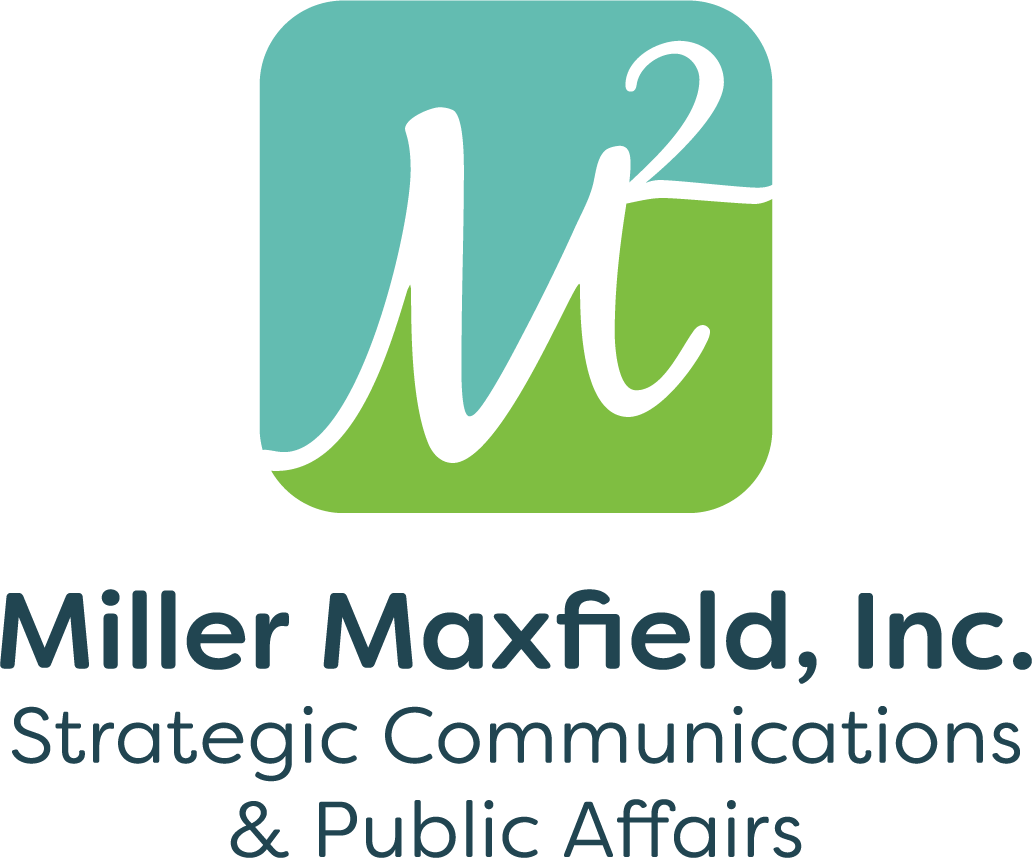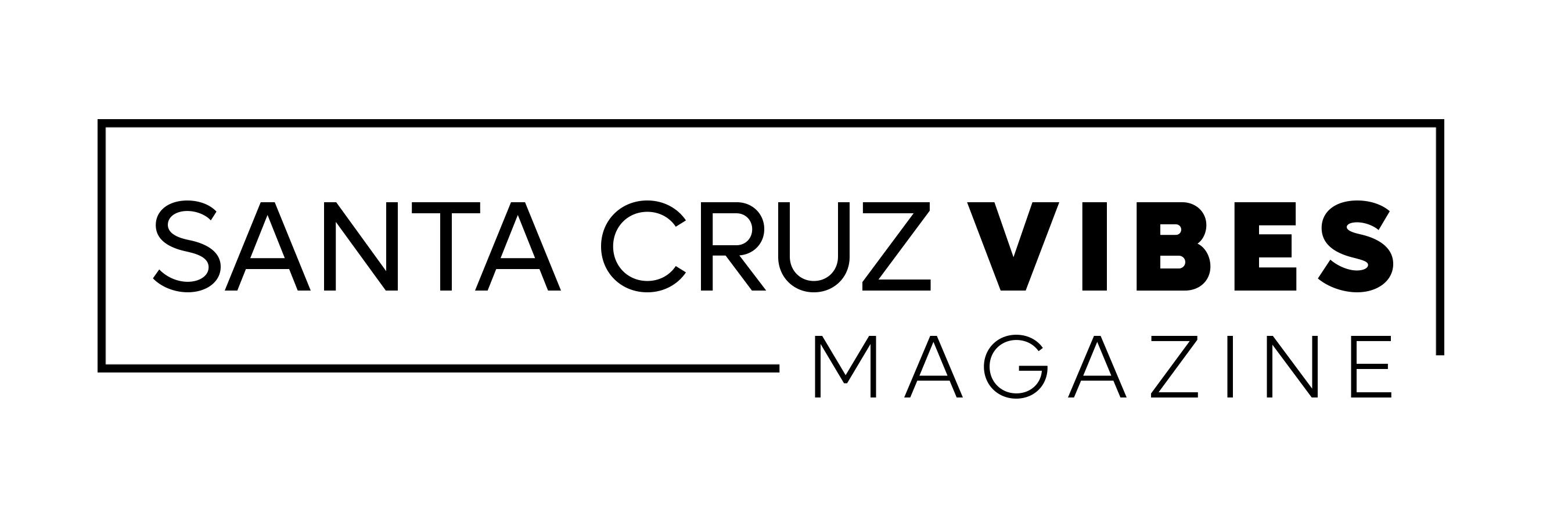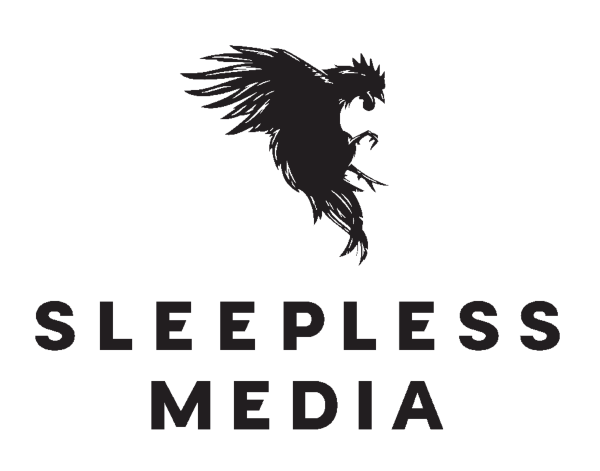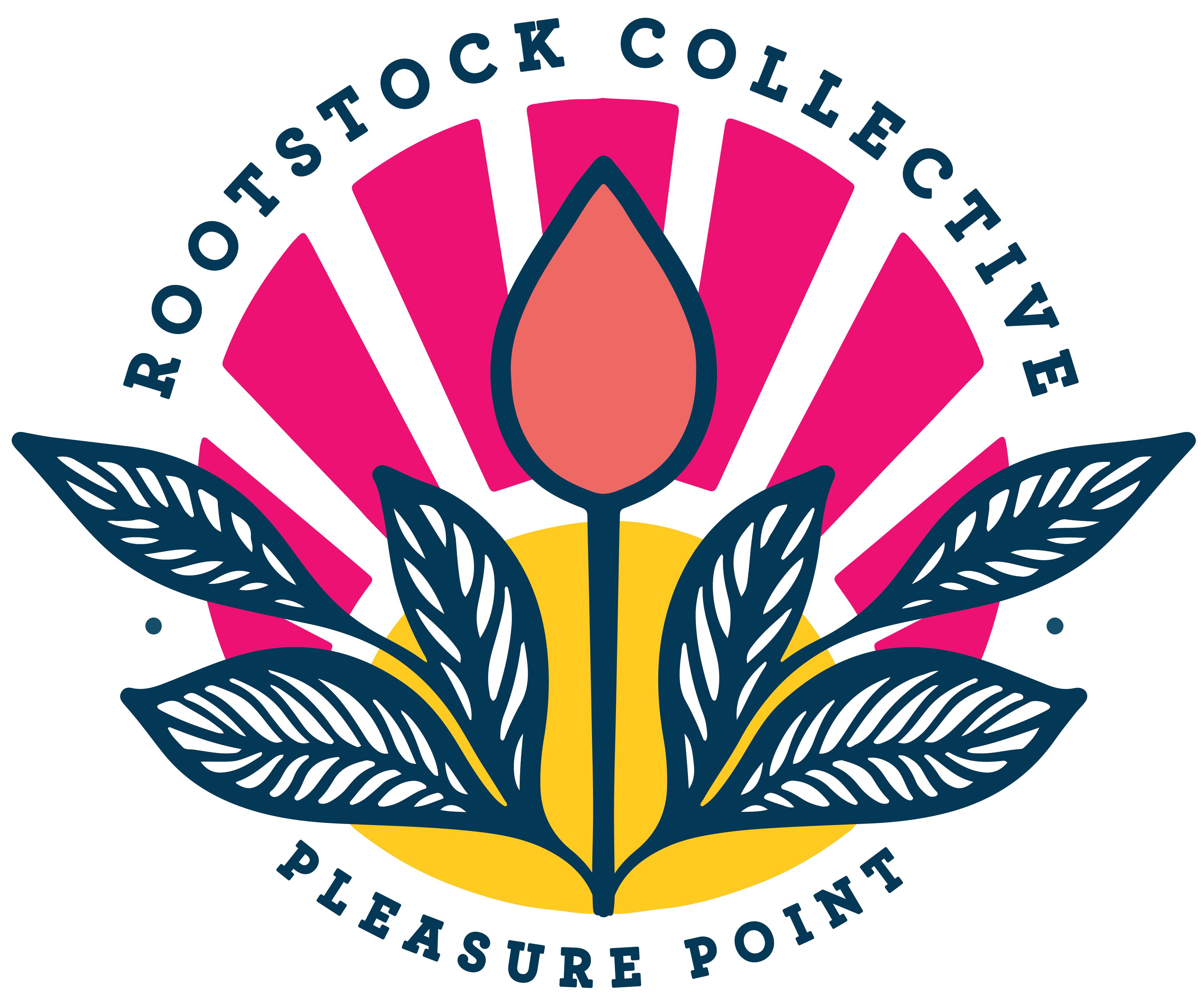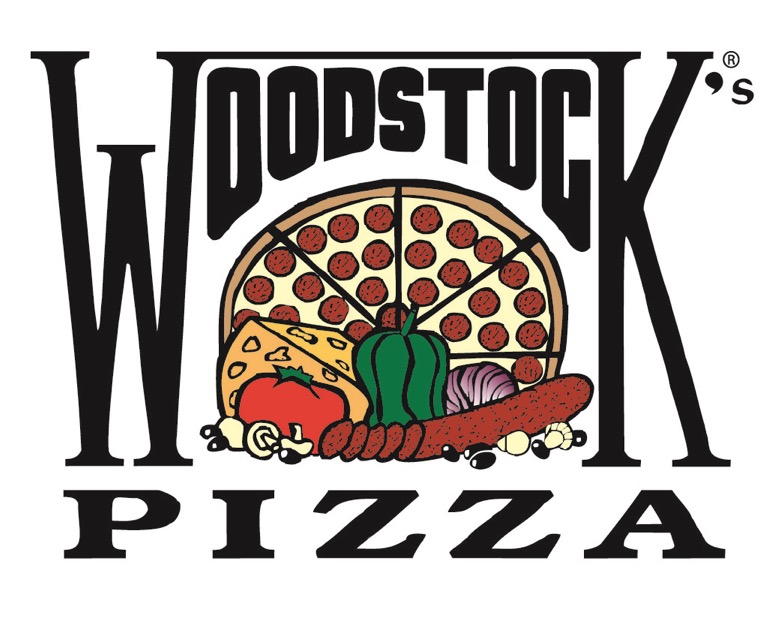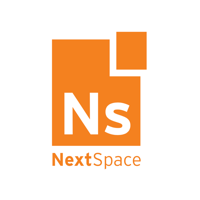Matthew Swinnerton interviews his TechRaising partner—longtime Santa Cruz tech consultant / evangelist Andrew Mueller.
(Premiere online release – Printed version found in InstantMagazine.com)
Swinnerton: To start off, tell us about yourself, your background. Where did you grow up? Where did you go to school? Where are you living now?
Mueller: I was born in New York City and grew up on Long Island and North Jersey, where I lived until I was 17. I went to Pascack Hills High and dropped out my senior year to go to work for TK, a company that would soon grow to be #39 on the Inc 500. My love for startups and fast-growth risk taking businesses was forged early.
I started doing the most menial task possible and learned nearly ever aspect of this manufacturing business, ultimately managing all material flow. I left to sell computers—this was the mid ‘80s and the Mac was just launched. I made good money but spent every cent I made and was not happy.
In December 1988 I packed my Pontiac Grand Prix with all my belongings and, with $500 in my pocket, drove to California. I was intent on becoming a resident and putting myself through college. After a brief period in LA, and another near Tahoe, I found Santa Cruz. I worked two (sometimes three) jobs, studied at UCSC and graduated Phi Beta Kappa.
Swinnerton: What was your first job?
Mueller: I think I was 8 or 9 years old and somehow convinced the local dry cleaner to let me help. I put those paper things on metal coat hangers … oh yeah I swept the shop too, and earned about a quarter an hour.
Swinnerton: What exactly does Andrew Mueller do?
Mueller: The business environment is in a period of great change. I develop strategies and tactical plans for executives and their teams that answer their challenges and take advantage of opportunities. I also work hands on to help them execute on a tactical level.
Often this work focuses on marketing, social media, and thought leadership, but some holistic efforts involve customer service, sales and product management. Part of this work involves coaching executives and training top performers, both of which are always greatly rewarding experiences.
Swinnerton: What kind of companies do you like working with and why?
Mueller: I love working for companies that are innovative and face big challenges. I am a problem solver. Give me a problem and I can’t stop thinking about it until it has been thoroughly analyzed and I am convinced that I have the best solution. Then the challenge of implementing the solution, testing, and iterating is very rewarding and exciting. I love companies with great people who care about what they are doing and proud of the products and services they offer.
Swinnerton: What are some of your career highlights before you started your current consulting business nine years ago?
Mueller: There are a lot of highlights. My personal highlights are things that created great change in me—pivotal moments that altered everything that would come after them. Starting Sagas [TK] with David Hoffman and Carl Page, and working closely with them, was a great highlight. I learned a tremendous amount from this experience, especially from David. It was during this time that everything came together for me. Even though the company couldn’t survive the market crash, we were doing great things, had a real purpose, and the experience was incredibly valuable and pivotal for me.
Being a founding employee of Consulting Resources—a computer consulting company specializing in automated business systems in the early days of micro-computing—was also notable. This was a spinoff of Computerland of Delaware, where I was working at the time. The president took me and one other sales guy, from more than 20 reps, to found the company.
TK, [the Inc. 500 manufacturer,] was a highlight for sure. I was with this company when it grew form a $50K company to a $5M company and think I grew just as much.
Also notable were advising GE’s CMO Beth Comstock on how to best position GE on YouTube; building Nimsoft’s social media practice for CA Technologies; acquiring and integrating Felt Glass into Claritas; helping to sell iWare to eMachines; and getting first orders form industry leaders and raising funds for Reversica.
Swinnerton: How did you acquire your social media skills?
Mueller: The light bulb came on while Sagas was in its last throes. David Hoffman asked me why Guy Kawasaki was so bullish on Twitter. Guy had just written an article Twitter as a Twool. I had seen Twitter before but didn’t pay much attention to it. I read the article, and in an instant everything became crystal clear.
What I didn’t mention earlier is that my degree is in Anthropology. This has proved to be a great compliment to my business experience. My study of Anthropology gives me a framework to understand how social media and the “real-time” web change business-as-usual and alter the power balance and the nature of the relationships between companies and their customers, companies and their employees, governments and their citizens, and much more.
The same technologies would alter the structure of the company—they would become flatter and more transparent whether they liked it or not. Information would begin to flow from the bottom to the top more freely, and vice versa. I couldn’t see all the details of how this would unfold, but I did have a good sense of what was going to happen and knew that this would pose both significant challenges and opportunities for companies large and small.
I studied all I could about social media and the underlying technologies, services, and platforms that enable it. I read as much as I could, and signed up and tested every social network, collaboration tool, or anything else that had a social component. I had to understand how it might fit in the puzzle—what value did it have to offer, who would benefit from this value, and how would this affect things to come for everyone involved. I used these tools, platforms and services daily. All that I learned was processes in respect to the anthropological frameworks that form my understanding of people, groups, societies, governments, nations, etc. I can’t help doing this; it is just part of the way I think and my understanding of the world.
In many ways corporations and smaller companies are very similar to other groups that are economically inter-reliant. What we were (and still are) experiencing was similar to an adaptive radiation—an evolutionary speciation event where a change in the environment allows for species to “innovate” and adapt to newly created niches. As new technologies—cloud, mobile, broadband—evolved, and other constraints eased, new opportunities were created and enabled new businesses to gain a foothold in the ecosystem, and forced established businesses to change in order to continue to thrive.
One thing that significantly changed was the ability for the individual to compete for share of voice around any given topic. I was particularly interested in the role that Twitter played in this and I decided to test how effective Twitter could be as a tool to promote one’s content. I set up a fresh blog, chose a current topic, created a post, and proceeded to promote it on Twitter. In 80 hours I was able to drive 1,400 readers to the post.
During this time I shifted my practice from a business development focus to a business strategy and integrated marketing focus. I had the honor of doing work for amazing people with great companies, like Beth Comstock, CMO at GE, John Hagel Co-Chairman of Deloitte Center For the Edge, and Chris O’Malley, CEO of Nimsoft.
Swinnerton: Tell us about your work with TechRaising? (Of course I know about TechRaising—I am a co-founder of TechRaising—but I bet our readers would be interested.)
Mueller: TechRaising is a labor of love. It is more of a movement than a company. It was born out of the desire to give the Santa Cruz tech and entrepreneurial community the space, resources and support needed to move ideas from the conceptual to the physical.
I had wanted to do a 48-hour hackathon-style event for some time. I also wanted it to be different from typical hackathons and startup weekends, which are driven by competition. When you and I were talking at Cruzio and you proposed that you wanted to do a Santa Cruz TechCrunch 50-like event, I saw the pieces coming together.
Just the week before Margaret Rosas gave a passionate talk at the Santa Cruz New Tech Meetup about how Santa Cruz could benefit by changing its “brand”—the way people feel about Santa Cruz—and proposed a media outlet as part of the solution.
Margaret has been the foremost proponent of the Santa Cruz tech community. She co-founded the Santa Cruz Geeks and worked hard to keep the community gelling. I knew that we needed to get Margaret on board and so did you. Funny, when I approached Margaret with the idea for that first TechRaising I asked, “If we do this, do you think people will show up?” And Margaret thought I was daring her. She thought for about one half a second and said “Hell yes!” And so TechRaising was born.
Since then we’ve held three events and got the support of the business community whose sponsorships make it all possible. TechRaising earned fabulous news coverage in print, on TV, and of course digital. Over 300 participants pitched over 100 ideas, and built over 40 things that were demoed. Numerous new companies were formed, some received funding, local jobs were created, and everyone who took part is stoked. While these numbers are impressive, they only tell a small part of the story and the true lasting benefit of TechRaising.
Earlier I said that TechRaising is more of a movement than a business. I feel this is because the focus is on collaboration rather then competition. We built novel and nuanced approaches into the event that encourage meaningful relationships to be built. These relationships flourish long after the events end. Dozens of fabulous mentors donated their time to come and share their knowledge and wisdom with the TechRaisers. Many of the mentors have continued to mentor the teams—and this is something I didn’t expect. This is the magic. This is community. This is a movement.
More than ever today’s businesses are people businesses. People build technology and people use technology. Help people to connect in an open and supportive environment and they will do great things.
Swinnerton: What is the best part of doing what you do?
Mueller: The economic climate is volatile, and creating a lot of challenges and opportunities for many companies. But many companies, and the people who do the hard work, are very adept at conducting business as usual. And as such many businesses are focused on short-term objectives.
Sometimes the approaches used to achieve these short-term objectives are at odds with long-term objectives. I like to align things, tease out the connections, build strategic and tactical plans that meet both long and short-term objectives. But most of all I love working with smart people who work hard and understand that to be the best you must lead, always question the status quo, take chances, and continually innovate. And I don’t just mean innovate your product but innovate everything about your business.

